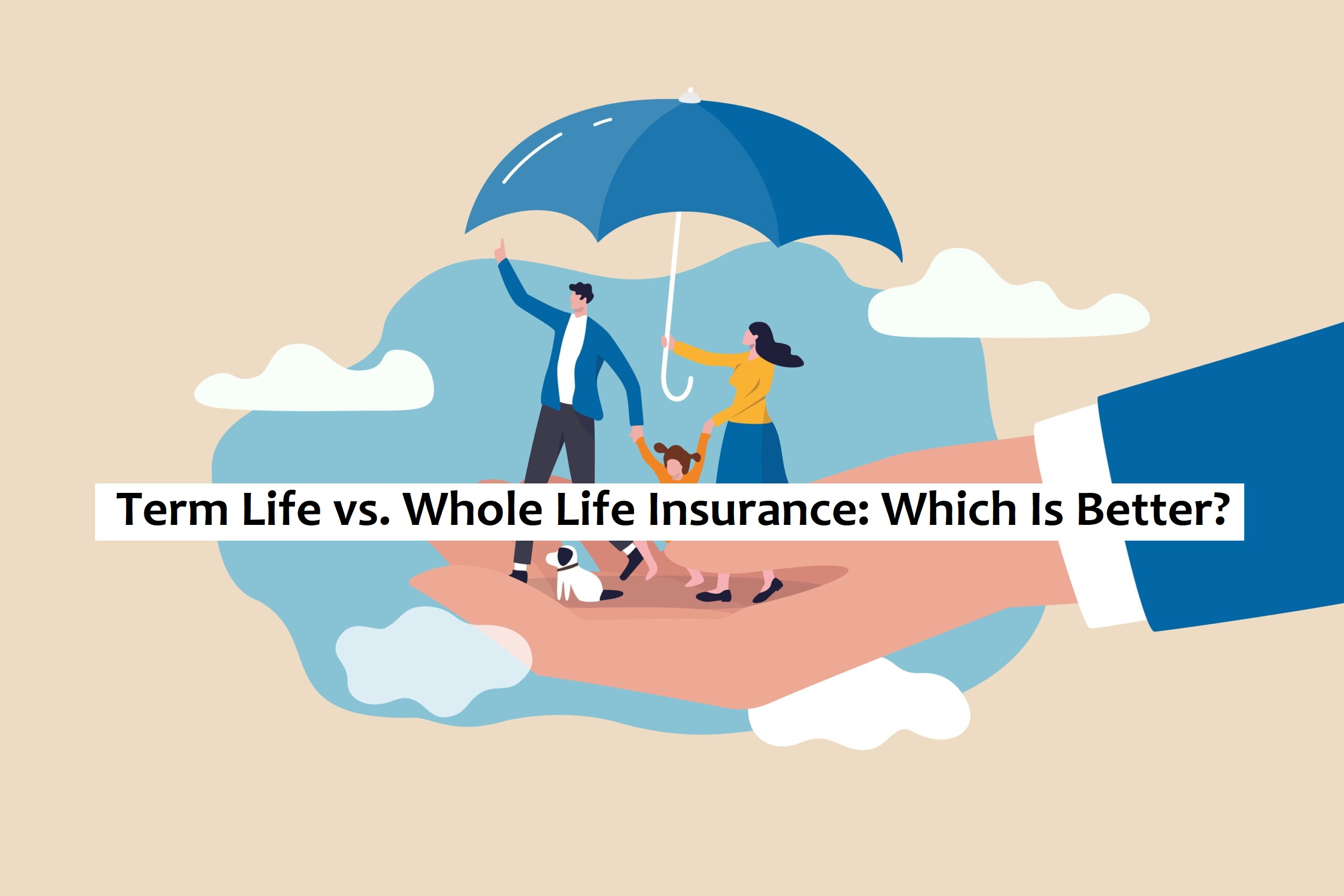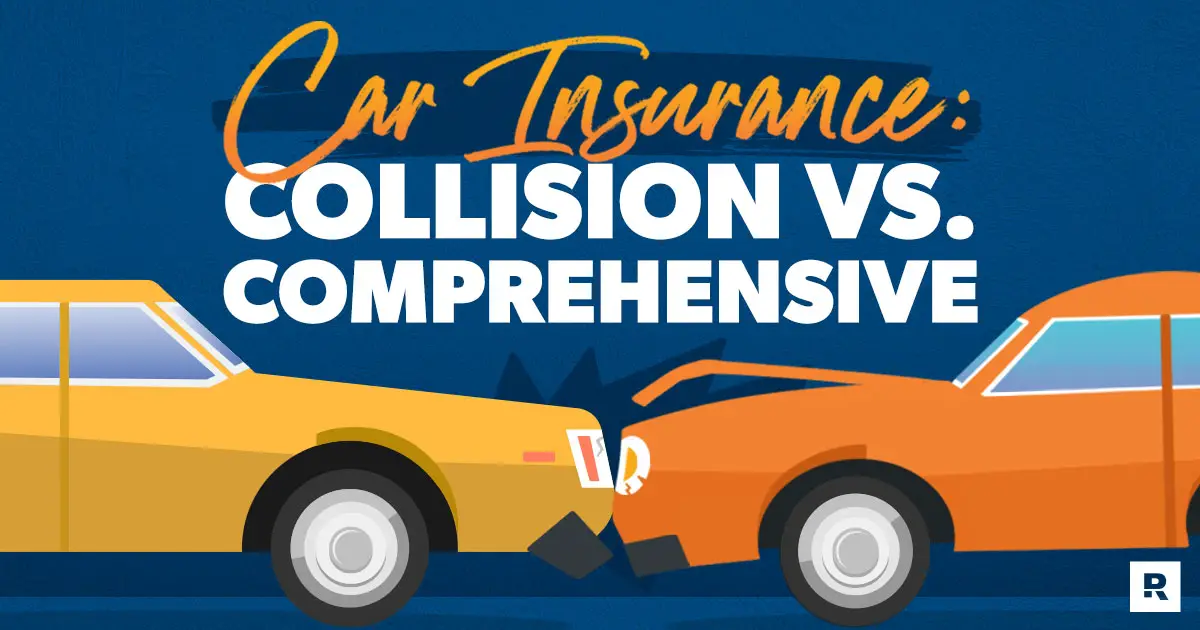Life insurance is one of the most misunderstood financial products available today. Despite its critical role in financial planning and risk management, a significant number of individuals harbor misconceptions about what life insurance is, how it works, and who needs it. These misconceptions can prevent people from obtaining the protection they need, leaving their families financially vulnerable in the event of an untimely death.
In this article, we will debunk the most Common Myths About Life Insurance, clarify the realities behind them, and provide comprehensive insights to help individuals make informed decisions. Whether you are just starting to explore life insurance or revisiting your current policy, this guide is designed to address myths and highlight the true value of life insurance.

Myth 1: Life Insurance Is Only for Older People
Reality: Many people believe that life insurance is something to consider only when approaching retirement age. However, purchasing life insurance earlier in life can offer several advantages.
Young adults, especially those with dependents or outstanding debts, can benefit from lower premium rates due to their age and typically better health. Additionally, locking in a policy early ensures coverage before potential health issues arise that could increase costs or lead to denial of coverage.
Moreover, life insurance isn’t just about death benefits; some policies accumulate cash value over time, offering living benefits that can be used for emergencies, retirement, or education funding.
Myth 2: If You’re Single and Have No Dependents, You Don’t Need Life Insurance
Reality: While the primary purpose of life insurance is to provide for dependents after the policyholder’s death, it still holds value for single individuals.
For example, if you have student loans that aren’t discharged upon death (such as private loans with a co-signer), life insurance can ensure those obligations are covered. Additionally, it can provide for final expenses like funeral costs, which can be a significant burden on surviving family members.
Further, single individuals may want to leave a legacy for a charitable organization or family members. Life insurance enables this at a relatively low cost.
Myth 3: Life Insurance Through Work Is Enough
Reality: Many employers offer group life insurance as part of their benefits package. However, these policies often offer limited coverage, typically equal to one or two times the employee’s annual salary.
While this may sound substantial, it rarely meets the full financial needs of a family in the long term. Also, employer-provided life insurance is usually not portable. If you leave the job, you may lose your coverage, potentially at a time when obtaining a new policy is more expensive or difficult.
Supplementing employer coverage with an individual policy ensures continuous protection tailored to your specific financial goals.
Myth 4: Life Insurance Is Too Expensive
Reality: Affordability is one of the most cited reasons people avoid purchasing life insurance. However, this is often based on overestimation of the actual costs.
According to various industry studies, many consumers believe life insurance costs three times more than it actually does. Term life insurance, in particular, can be very affordable, especially for younger and healthier individuals.
The cost of life insurance also depends on factors such as age, health, lifestyle, and the amount of coverage. By comparing different providers and policy types, consumers can find a plan that fits their budget and needs.
Myth 5: Stay-at-Home Parents Don’t Need Life Insurance
Reality: Stay-at-home parents contribute immense economic value through childcare, household management, and other unpaid work. If a stay-at-home parent passes away, the surviving partner may need to pay for childcare, housekeeping, and other services, which can be expensive.
Life insurance can provide the financial support needed to cover these expenses, ensuring that the family maintains stability during a difficult transition.
Myth 6: Only Breadwinners Need Life Insurance
Reality: This myth closely aligns with the previous one. While it is crucial for primary earners to have coverage, every adult contributing to the household—financially or otherwise—should consider life insurance.
Dual-income families often rely on both incomes to meet financial obligations such as mortgage payments, education expenses, and daily living costs. The death of a non-primary earner can still result in a significant financial strain.
Myth 7: Life Insurance Is a Scam or a Waste of Money
Reality: Skepticism toward financial products is not uncommon, but life insurance is far from a scam. When chosen wisely, it can be one of the most responsible and beneficial components of a comprehensive financial plan.
The key is understanding the difference between types of policies (term vs. permanent), evaluating your actual needs, and working with reputable providers. Unlike other products, life insurance provides peace of mind and financial security for loved ones in uncertain times.
Myth 8: I Can’t Get Life Insurance Because I Have Health Issues
Reality: While it’s true that certain health conditions can affect premiums or eligibility, many insurers offer policies to individuals with a range of health issues. Options like graded-benefit or guaranteed-issue policies may be available, albeit with specific limitations.
Working with an experienced insurance agent or broker can help you find a company that specializes in high-risk cases. It’s also important to be honest during the application process to avoid complications later.
Myth 9: Term Life Insurance Is Always Better Than Whole Life Insurance
Reality: Term and whole life insurance serve different purposes. Term life is cost-effective and ideal for temporary needs, such as covering a mortgage or child-rearing years. Whole life insurance, on the other hand, provides lifelong coverage and accumulates cash value over time.
For some, term insurance might be the best option. For others seeking investment components, estate planning benefits, or lifelong protection, permanent policies may be more appropriate.
The best choice depends on your long-term goals, risk tolerance, and financial circumstances.
Myth 10: Life Insurance Is Only Useful After Death
Reality: While the primary function of life insurance is to provide a death benefit, certain policies offer living benefits.
Permanent life insurance policies, like whole or universal life, often build cash value that can be borrowed against or withdrawn. Some riders also provide access to death benefits in cases of terminal illness, chronic illness, or long-term care needs.
These features make life insurance a flexible financial tool that can support you throughout various life stages.
Myth 11: Life Insurance Payouts Are Taxable
Reality: In most cases, life insurance death benefits are not subject to income tax. This allows beneficiaries to receive the full amount without tax deductions.
However, exceptions exist—such as when the benefit is paid in installments and earns interest or if the policy is owned by a third party. It’s essential to consult with a financial advisor or tax professional for tailored guidance.
Myth 12: Once You Buy Life Insurance, You’re Set for Life
Reality: Life insurance needs can evolve with major life events such as marriage, the birth of a child, purchasing a home, or retirement.
Regularly reviewing your policy ensures it continues to meet your needs. You may need to increase coverage, change beneficiaries, or even consider different types of policies over time.
Life insurance should be an active component of your financial strategy, not a one-time purchase.
Final Thoughts on Common Myths About Life Insurance
Dispelling these Common Myths About Life Insurance is crucial for empowering individuals to make informed decisions about their financial futures. Life insurance is not merely a tool for the elderly or the wealthy—it is a versatile and accessible resource that can provide essential protection at every life stage.
Whether you are single, married, a parent, or approaching retirement, there is a life insurance solution designed to suit your specific situation. Don’t let myths and misconceptions keep you from safeguarding your family’s future. Take the time to assess your needs, explore your options, and consult with a knowledgeable advisor to build a robust, realistic insurance plan.
Remember, the peace of mind that comes from knowing your loved ones are financially secure is priceless. Life insurance is not just a policy; it’s a promise.
If this article was informative also checkout: Home Insurance Riders You Might Need
also checkout: Click Here



